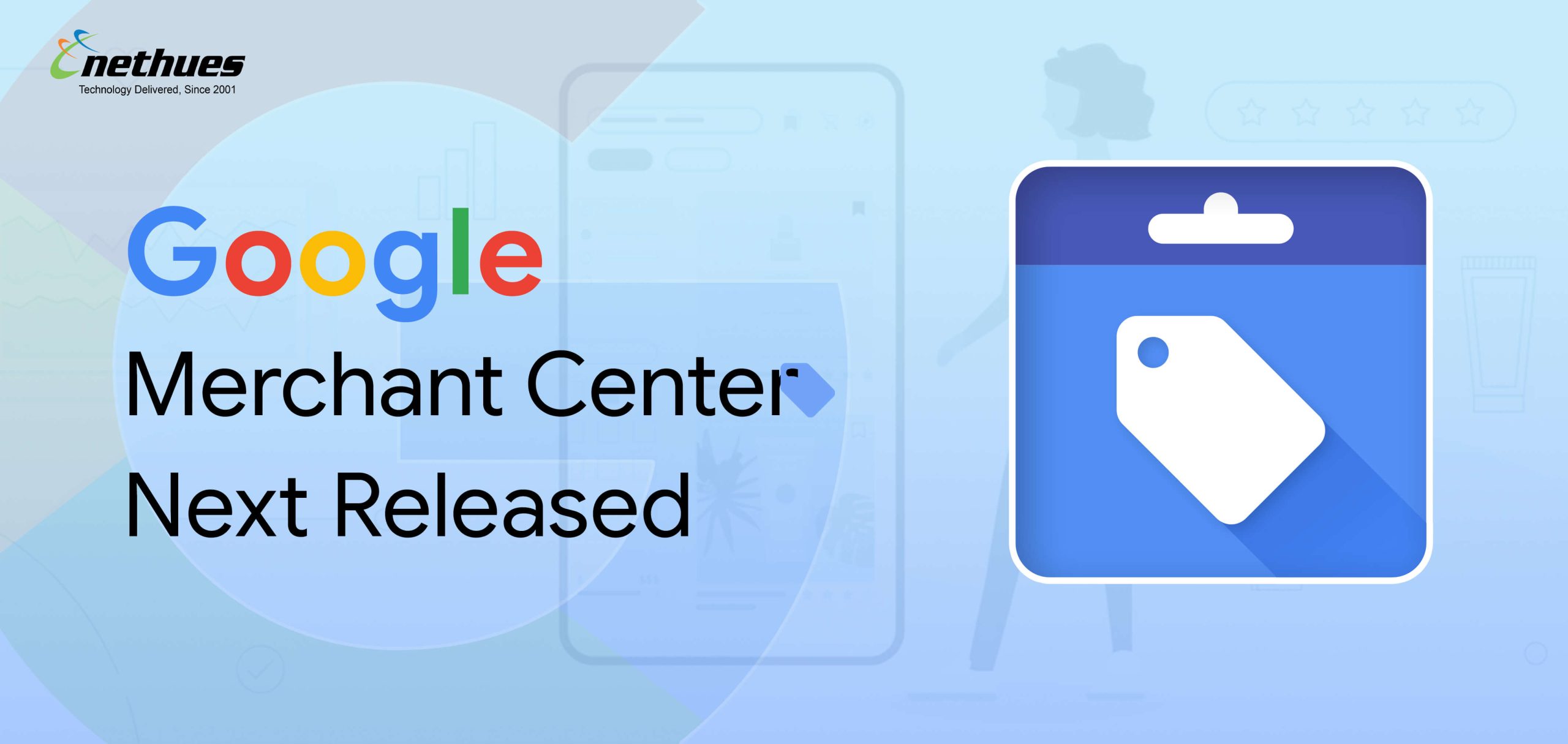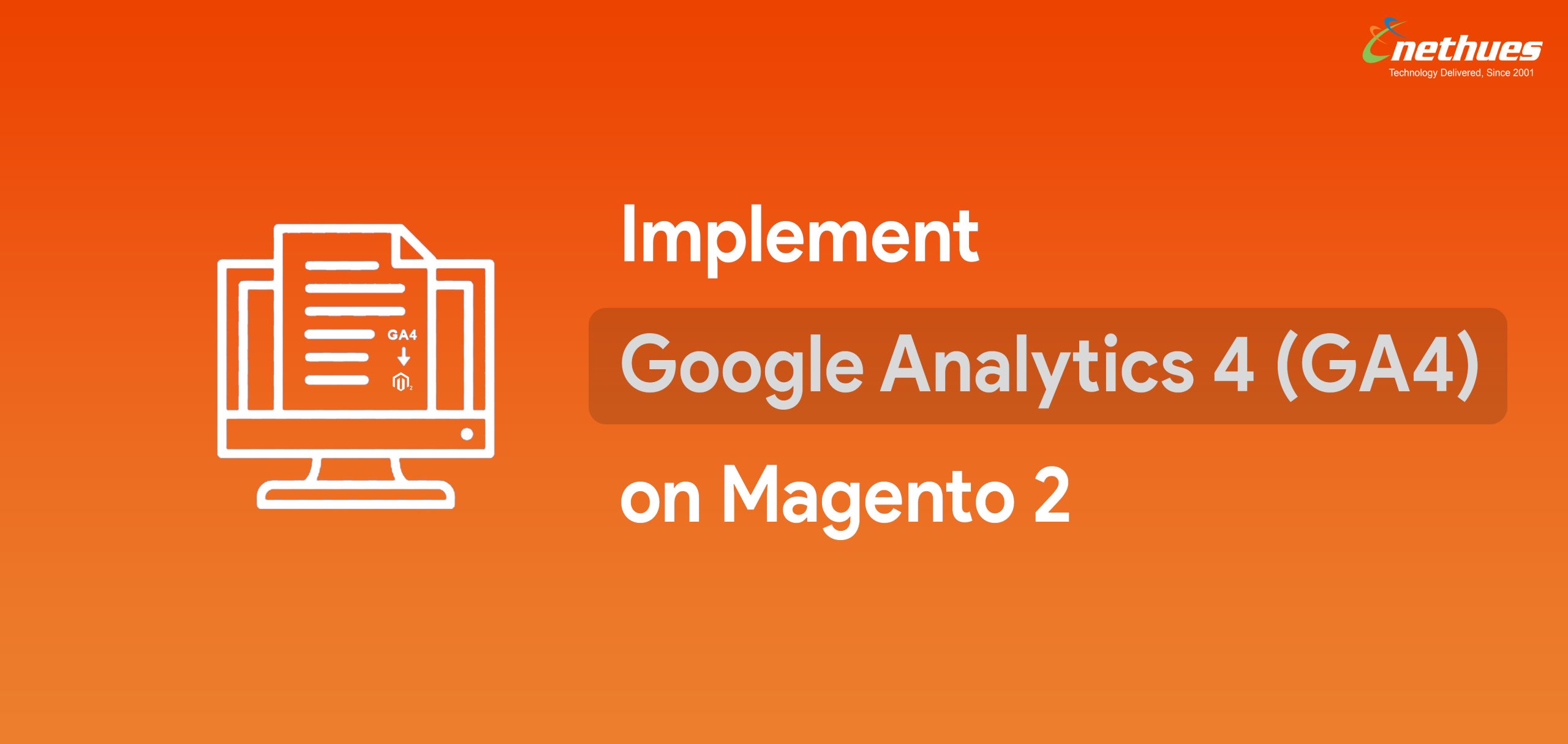Google has released the latest update to Google Merchant Center, with the new version labeled Merchant Center Next. The update comes with standard new features, a friendly user interface, and out-of-the-box capabilities with the introduction of Product Studio.
Last year, in May 2023, the tech giant announced the product Google Merchant Center Next during Google Marketing Live. The release of the Google Merchant Centre Next is poised to take the market by storm.
This blog helps you understand this update in detail to grasp its significance and how it can aid you in enhancing business growth.
What is Google Merchant Center Next?
Merchant Center Next is an updated version of Google Merchant Center that simplifies the user interfaces to boost user experiences. The latest release focuses on providing users with automation in detecting and uploading product data.
For example, Merchant Center Next can automatically find various product data like title, description, size, price, and image directly from the website and pull it into its UI. The latest design helps with easy building and maintenance of the feed compared with the earlier Merchant Center version.
It is important to note that Google is directly responsible for switching your regular Google Merchant Center to the latest version, Merchant Center Next. There is no manual process available for now.
However, the tech giant lets you switch back to the regular version if you are unhappy with the Merchant Center Next version. This means you cannot re-update to the latest version once you switch back to its regular version until Google releases manual update options.
How Can I Import Products to the Google Merchant Center Next?
There are five simple ways to import the products to the Merchant Center Next:
- Automate product imports from your digital store
- Automate product imports from eCommerce platforms like Shopify, Magento, etc.
- Imports from the feed file
- Option of importing from a Google Sheets template
- Manually import one-by-one
Can I Import Products Automatically from the Website?
Yes, and the process is rather simple. You can simply add the site’s URL, which will allow Google to crawl through the site and verify all the product information to synchronize it with the latest data on the Merchant Center.
You must ensure that Google can crawl your domain. This requires adding a sitemap to the site and properly structuring the data in the HTML store.
After choosing the option of automatic product import from the Google Merchant Center Next account’s user interface, the process can take up to three days. The connection between the website and the account is dynamic, which allows automated product updates to be reflected on the Google Merchant Center Next.
Google Merchant Center vs Google Merchant Center Next – What are the Differences
So Merchant Center Next introduces various new tools and two major changes:
- Automatic Product Import
- Product Studio
The newly introduced features are focused on easing your workload and assisting with smooth product updates. Let us understand how the new update differs from the existing Google Merchant Center.
-
1.Simple to Use Interface
Compared to the Google Merchant Center, the Merchant Center Next provides users with a smooth and clean user interface. It facilitates navigation and using the tool to its utmost potential, just like the Google Ads interface upgrades over the years.
-
2.Smooth Product Diagnostics
Google Merchant Center displays the product diagnostics section with a timeline, which details the product history. The image below shows how the page looks.
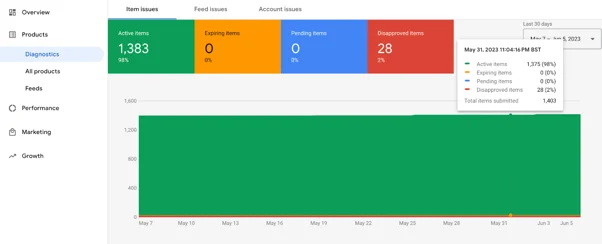
The new Merchant Center Next displays only what’s approved, under review, limited, and not approved under the product diagnostics page interface design. Here’s what it looks like:
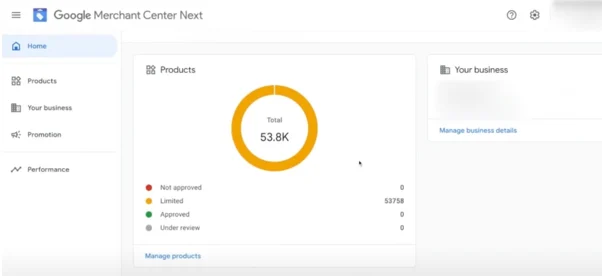
-
3. Editable Products
Google Merchant Center Next introduces the capability of directly editing products by clicking on the ‘Edit product’ button, which allows users to make significant changes in their attributes.
This option allows you to modify various aspects, such as product title, description, brand, product URL, etc., which was previously not possible with Google Merchant Center.
However, the latest product tabs come with fewer filters available.
-
4. No View of the Product Feed
You cannot see the product feed or raw feed data in Merchant Center Next. This is because the feed stamp available in Google Merchant Centre has not been made available in Merchant Center Next.
This means that to check solely the source, you have to do the following:
- Go to Products
- Select All Products
- Click the item Title
- Lower right corner display Source
-
5. Introduces Metric ‘Click Potential’
Merchant Center Next comes with a new Metric called ‘Click Potential.’ This metric allows you to determine the user’s potential for clicking on any of the product listing ads. The metric is calculated using historical data, and your products’ performance is analyzed compared to other products available in your Merchant Center Next account. It also helps optimize low-click-potential products.
-
6. Changes in Tab Layouts
The new layout introduces several modifications in the tabs layout; some have been moved, while a few have been totally eliminated for now. The major modifications include the following:
- The Growth Tab, which is responsible for providing opportunities to enhance both the feed and campaigns, has been removed. This means that several vital features, like the price competitiveness report, best sellers report, and managed programs, will remain unavailable for the time being.
- Business details have been moved to the left side of the screen. Advertisers can now edit business and online store details.
- The ‘Performance’ and ‘Promotion’ tabs are still available, but you cannot modify the date range while checking product performance.
Google Merchant Center vs Google Merchant Center Next – Comparison Table
| Features | Google Merchant Center | Merchant Center Next |
| Feed Tab | It lets you create supplemental feeds for Google Shopping Ads. | You cannot use it to create supplemental feeds for Google Analytics and create ads. |
| Diagnostic View | Detailed Diagnostic Overview of Merchant Center Account | Sparse Diagnostic Overview of Merchant Center Account |
| Product Source | Products can be imported from the data feed. | Products can be imported from the data feeds, shopping cart stores, and custom-built stores. |
| Data Uploads | Scheduled | Scheduled |
| Editing | Bulk editing is possible, and you can also leverage rules. | You can only use one-by-one manual editing. |
| User Interface | The Google Merchant Center Account has a simple UI. | It also has a simple and easy-to-understand user interface, which further helps to properly run Google shopping ads with well-defined data. |
What is Product Studio available with Merchant Center Next?
Product Studio is an AI tool that allows users to easily create product imagery using generative AI from Merchant Center Next. Images are pivotal in the growth of any ecommerce business.
According to research, products with images can witness a 76% rise in impressions and a 32% rise in clicks compared to a product with a single image. To demonstrate the stunning impact of images, the tech giant Google has released Product Studio with Merchant Center Next.
Here is all that you can do with Product Studio:
- Add Tailored Product Scenes: You can easily create new imagery per the latest requirements of the ongoing campaigns.
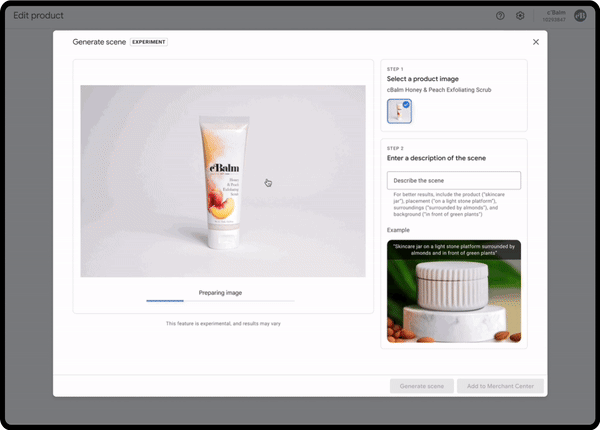
- Eliminate Distracting Product Background: Companies can quickly remove and replace disturbing backgrounds with a solid white background using Product Studio.
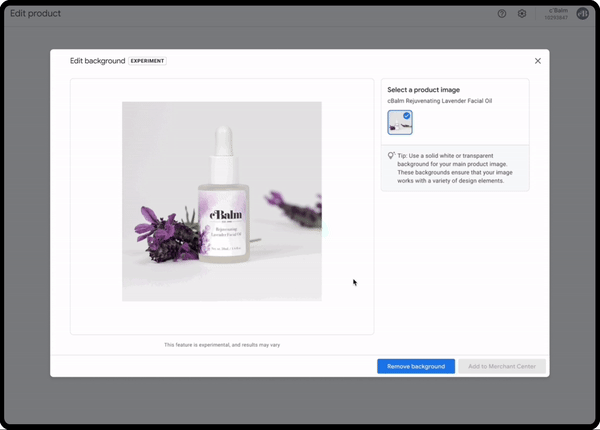
- Quickly increase resolution: You can quickly enhance low-resolution images, eliminating the need to reshoot a product.
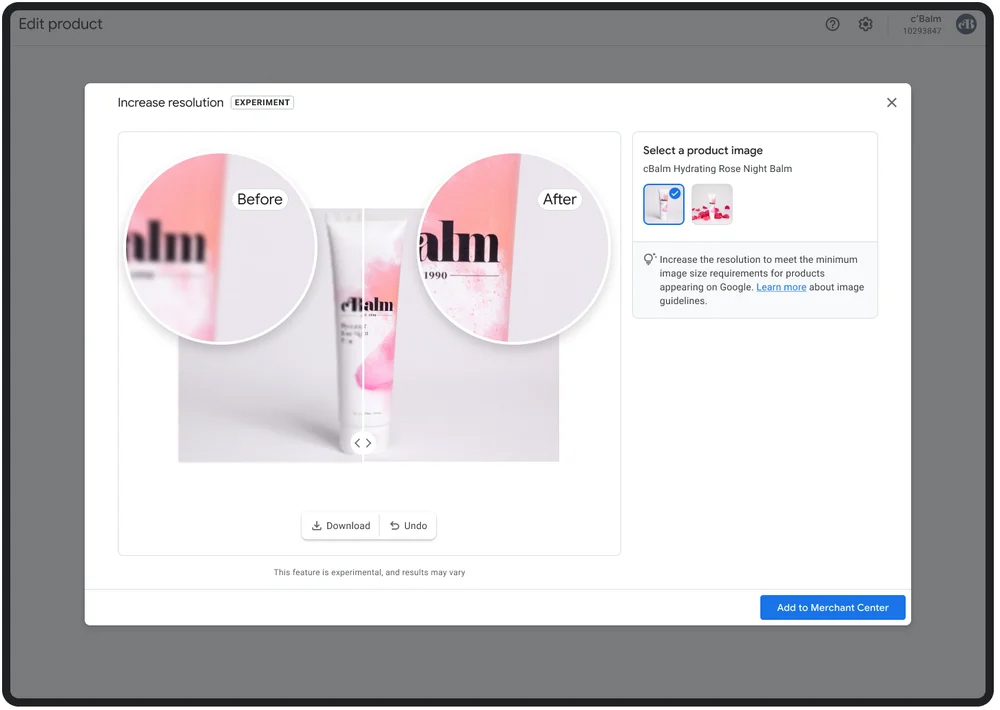
What are the Limitations of Google Merchant Center Next?
While Google Merchant Center Next generally looks cleaner and more simplified, it is not free of limitations. It is important to weigh them before switching from Google Merchant Center to Merchant Center Next.
Some of the noteworthy limitations of Google Merchant Center Next are:
- Google Shopping feed primarily helps with product listings on Google Products only. This makes it unusable on social media and marketplace listings.
- Editing product data is possible but is relatively slower, which can be frustrating for companies with extensive inventories.
- Various tabs are missing, such as the Growth tab, Feed tab, Product diagnostics timeline, Product performance date range, etc.
How Nethues Technologies Can Help You?
It is important to note that while Merchant Center Next has various cool features, it is not complete. Therefore, it is important to weigh your precise needs before you install this update or return to the regular Google Merchant Center.
At Nethues Technologies, we can help you seamlessly transition to the latest technology updates to maximize business growth and ROI.

